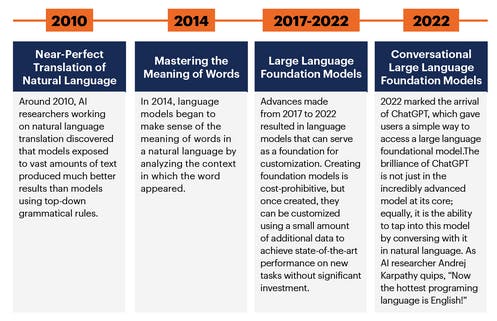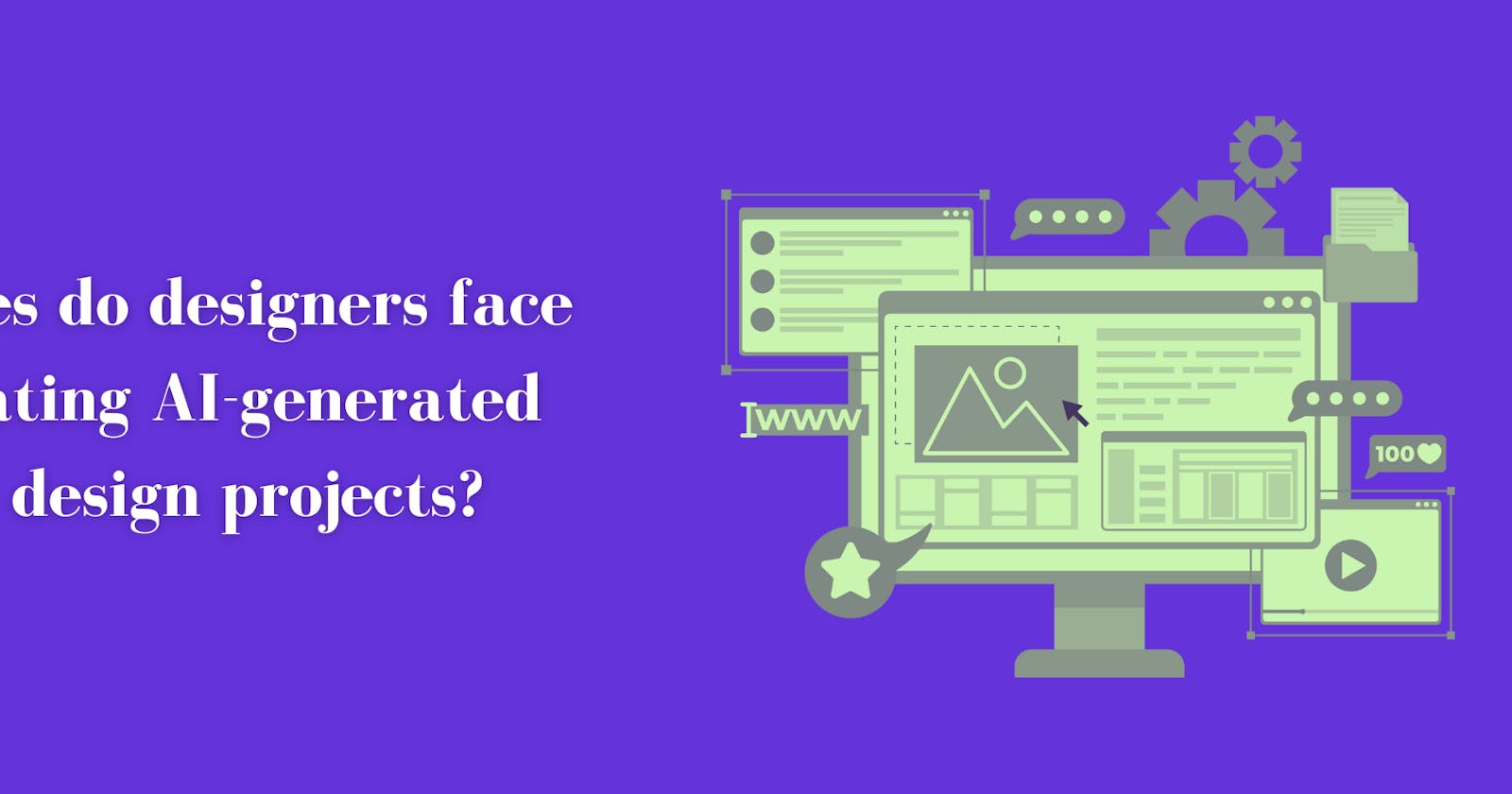What challenges do designers face when incorporating AI-generated assets into web design projects?
Overcoming Challenges in Integrating AI-Generated Assets into Web Design Projects
Introduction
As technology continues to evolve, the role of artificial intelligence (AI) in web design has become increasingly prominent. AI-generated assets, such as images, icons, and layouts, offer designers a wealth of possibilities for creating visually stunning and engaging web experiences.
However, integrating AI-generated assets into web design projects presents its own set of challenges.
In this article, we will explore the various challenges that designers face when incorporating AI-generated assets into web design projects and discuss strategies for overcoming these obstacles to create compelling and impactful web experiences.
Quality and Authenticity

Issue:
One of the primary challenges designers face is ensuring the quality and authenticity of AI-generated assets. AI algorithms may produce assets that lack the nuance and creativity of human-designed elements, leading to generic or uninspired designs.
Solution:
Designers can mitigate this challenge by curating and refining AI-generated assets to align with the project's aesthetic and brand identity. By leveraging AI tools that allow for customization and fine-tuning, designers can enhance the quality and authenticity of AI-generated assets to better meet their design requirements.
Customization and Adaptability
Issue:
Another challenge designers encounter is the limited customization and adaptability of AI-generated assets. AI algorithms may generate assets that are difficult to modify or tailor to specific design needs, resulting in inflexible or impractical design solutions.
Solution:
Designers can address this challenge by selecting AI tools and platforms that offer robust customization options and support for iterative design processes. By incorporating AI-generated assets as part of a broader design system, designers can ensure greater flexibility and adaptability in their web design projects.
Integration and Compatibility

Issue:
Integrating AI-generated assets into existing design workflows and platforms can be challenging due to compatibility issues and technical constraints. Designers may encounter difficulties in seamlessly integrating AI-generated assets with other design elements or tools, leading to workflow disruptions and inefficiencies.
Solution:
Designers can overcome this challenge by leveraging AI tools and plugins that integrate seamlessly with popular design platforms such as Adobe Creative Cloud or Figma. Additionally, collaborating with developers and IT professionals can help ensure that AI-generated assets are compatible with the technical requirements of the web design project.
Ethical and Legal Considerations
Issue:
Designers must navigate ethical and legal considerations when incorporating AI-generated assets into web design projects. AI algorithms may inadvertently produce assets that infringe on copyright or intellectual property rights, posing legal risks and liabilities for designers and their clients.
Solution:
Designers should exercise caution and diligence when using AI-generated assets, ensuring compliance with copyright laws and licensing agreements. By sourcing AI-generated assets from reputable sources and obtaining appropriate permissions and licenses, designers can mitigate the risk of legal issues and protect their clients' interests.
User Experience and Accessibility

Issue:
Designers must consider the impact of AI-generated assets on user experience and accessibility. AI algorithms may generate assets that are aesthetically pleasing but lack clarity or usability, leading to suboptimal user experiences for individuals with disabilities or diverse browsing preferences.
Solution:
Designers should prioritize user experience and accessibility when incorporating AI-generated assets into web design projects. By conducting usability testing and adhering to accessibility standards such as WCAG (Web Content Accessibility Guidelines), designers can ensure that AI-generated assets enhance rather than detract from the overall user experience.
Training and Skill Development

Issue:
Finally, designers may face challenges in acquiring the necessary skills and expertise to effectively leverage AI-generated assets in their web design projects. AI technologies are constantly evolving, requiring designers to stay abreast of the latest developments and trends in AI-driven design practices.
Solution:
Designers can overcome this challenge by investing in continuous learning and skill development in AI and machine learning technologies. By participating in training programs, workshops, and online courses, designers can acquire the knowledge and proficiency needed to harness the power of AI-generated assets in their web design projects effectively.
Conclusion
Incorporating AI-generated assets into web design projects offers designers a wealth of opportunities to create visually stunning and engaging web experiences.
However, designers must navigate various challenges, including ensuring quality and authenticity, customization and adaptability, integration and compatibility, ethical and legal considerations, user experience and accessibility, and training and skill development.
By addressing these challenges proactively and adopting strategies to overcome them, designers can leverage AI-generated assets to enhance their web design projects and deliver compelling and impactful user experiences.
For more insights into AI|ML and Data Science Development, please write to us at: contact@htree.plus| F(x) Data Labs Pvt. Ltd.
#WebDesign #AIDesign #DesignChallenges #DigitalInnovation 🖌️🤝

